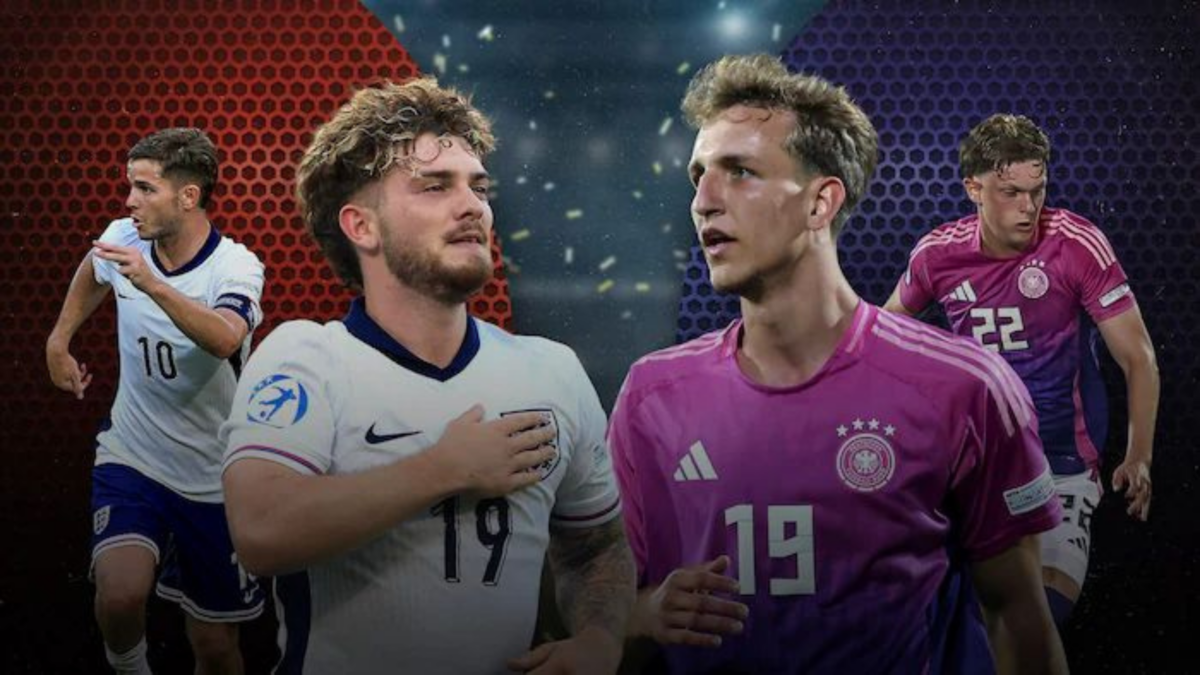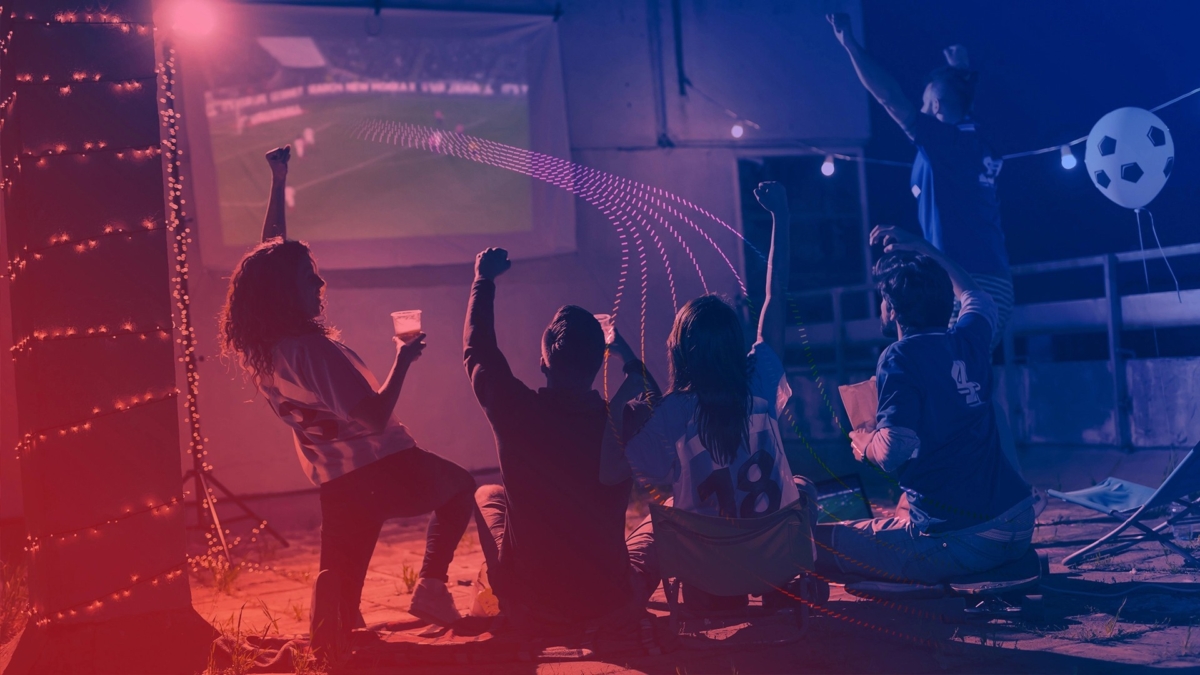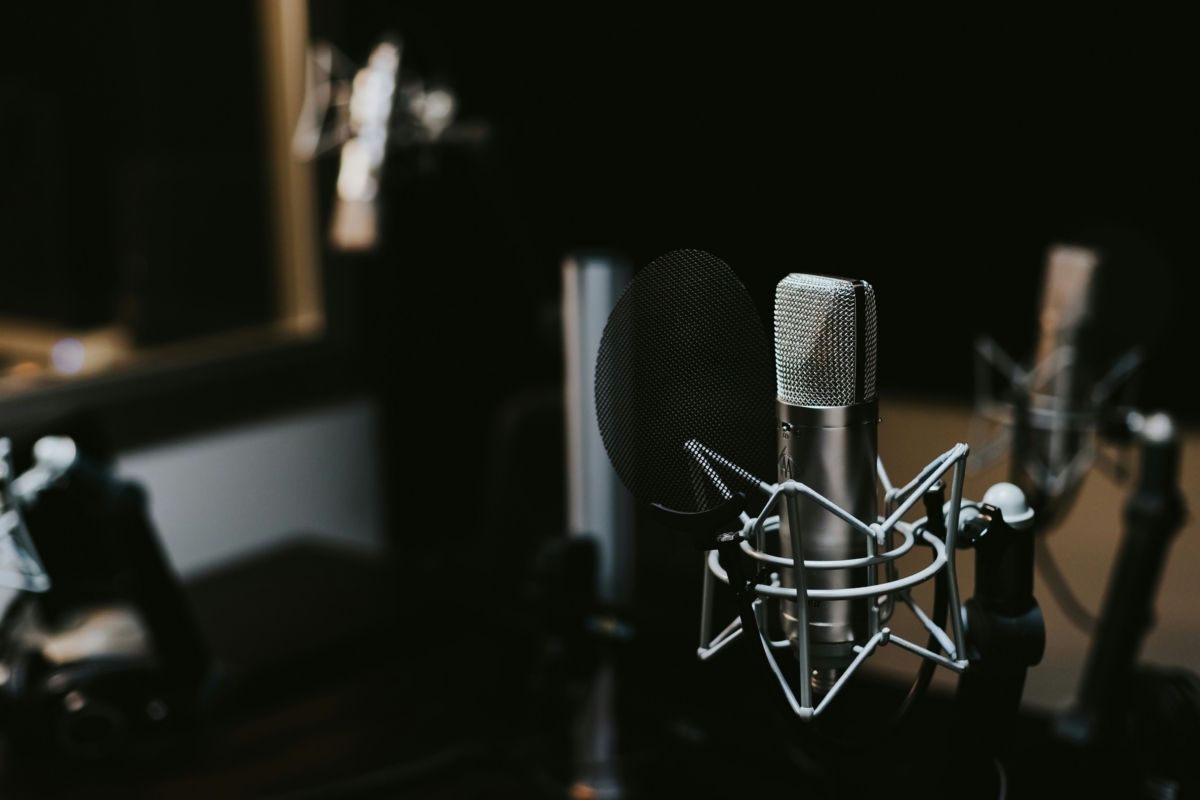The Voices Behind the Final
Central to this achievement were Simon Williams and Scott Hammond, the Audio Describers who delivered the live AD during the final. Their preparation, quick thinking, and deep knowledge of the game were key to creating an immersive experience. As Simon explained, the groundwork began well before kick-off:
“We researched the teams, in terms of formations and players, with the main aim of being able to recognise them on screen – what positions they were likely to crop up in, who takes the corners or penalties, that type of thing. And we spent time going over lots of pronunciations – especially online resources of players saying their own names!”
Of course, knowing the teams is just the beginning. For live AD to truly serve the audience, it must weave effortlessly into the existing commentary feed, which is hard when you don’t necessarily know when someone is going to start, or stop, talking. As Simon noted, one of the biggest challenges was striking the right balance in the moment:
“An AD-friendly commentary style with no other voices would be one thing, but here we’re trying to add access to what the main feed commentators and pundits are already doing. We’re trying to judge when a quick factual update – a time-check or a pitch location – is more relevant to our audience than an interesting anecdote from an ex-pro, and we’re doing that all on the fly and with no way of anticipating either the action, or the commentators.”


 Supply
Supply 

